17 of Scotland's finest whisky distilleries, from Macallan to Nc'nean, feature in the new book, Scotch
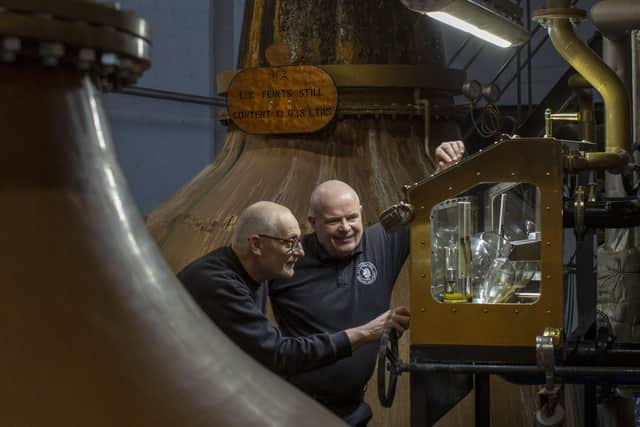

If you’re a whisky lover with a coffee table, you need a copy of the new book, Scotch: The Stories Behind Scotland’s Iconic Spirit.
This gorgeous read, written by Stuart Husband, with photography by Horst A Friedrichs, is something of a travelogue. The duo compiled Scotch with little previous experience in the whisky world, and they greet it with wonder and enthusiasm.
Advertisement
Hide AdAdvertisement
Hide AdThe book is particularly notable for its human stories, and the rich and evocative images that capture faces, as well as drams, copper stills, and landscapes, all caught just when the light is perfect. We asked the authors to tell us more.
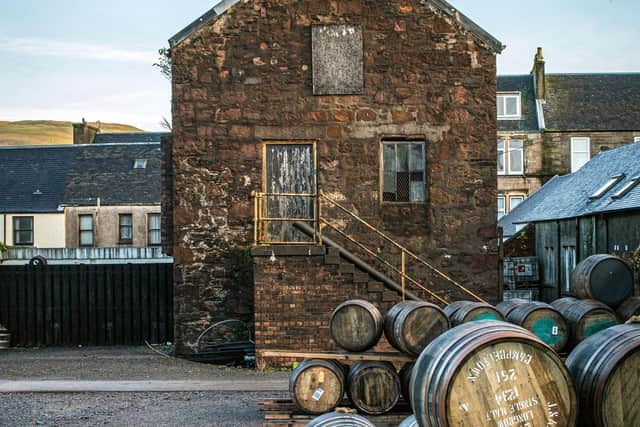

What were the practicalities involved?
SH: This book was heavy on the tyre tread and involved a lot of Airbnb bookings. We made two trips to Scotland together and travelled around 8000 miles over the course of a month or so between last January and February (the weather was mostly glorious; people were at pains to tell us how lucky we were). If it was sometimes a little dispiriting to get into the car after a hard day’s shooting/interviewing and hear “Your destination is 4 hours and 37 minutes away,” it was made up for by the glorious scenery we passed through, the far-flung corners of Scotland we got to experience, and the genuinely warm welcome we received from everyone involved.
Did you both have the same vision?
SH: We have already produced two books together for Prestel – Bookstores and Great Pubs of England – and we wanted to follow the formula we’d established with them; to tell the stories of the people whose passion and purpose are, in this instance, fuelling an explosion of interest in Scotch in general and single malt in particular, and to shine a little light on the alchemical processes that go into producing such a cherished commodity.
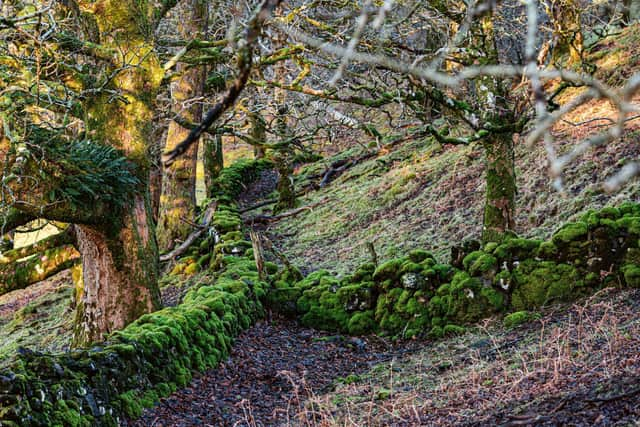

Who is the book for?
SH: We hope the book would be for everyone that’s interested in whisky, from the novice to the connoisseur, or, indeed, for anyone who appreciates the labour of love involved in producing anything of value. We’ve covered a spectrum of distilleries, from the venerable Macallan, positioned at the apex of the luxury space, to Springbank, cult-like among whisky heads (don’t call them nerds!) for its malting floors and oil-fired stills, and Nc’Nean, the youthful carbon-zero start-up bringing in new approaches and audiences for whisky (younger, more X chromosome). There should be a point of entry for all, no matter their place on the whisky spectrum.
Are there any distilleries that you wish had made the final cut, but didn’t?
SH: Not really – we think the 17 we’ve got (plus the cooperage) provide extensive testimony to the range of approaches going into the making of Scotch right now, from Arbikie’s emphasis on terroir, to Holyrood’s spirited experimentation with ingredients and casks to Glengoyne’s time-honoured slow distillation processes, to Ardbeg’s boundary-pushing steampunk expressions.
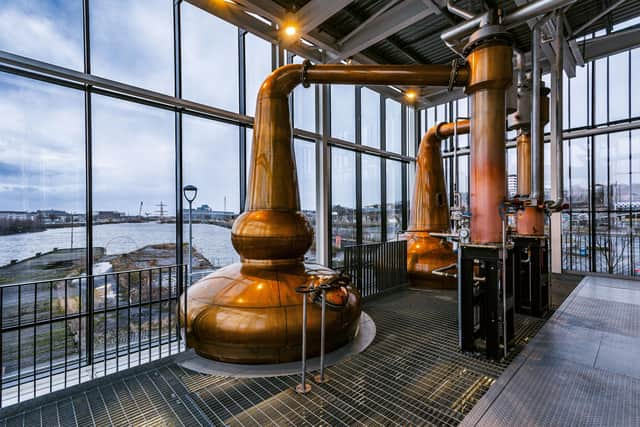

Which distilleries had the most distinct personalities?
SH: They all had their own peculiar characteristics, but we’d single out Dornoch, both for the sheer Heath Robinson-esque quality of the distillery itself, shoehorned into an old fire station at the rear of Dornoch Castle, and for the commitment of Philip and Simon, who run it; Nc’Nean, for their dedication to sustainability and their resistance to the stuffiness that can sometimes afflict the industry (they think whisky and soda is a forgotten wonder, their bottles feature embossed foliage rather than the traditional pile-up of antlers and heraldry, etc), and Ardbeg, which, despite (because of?) its acquisition by LVMH in 2004, retains a funky playfulness, sending spirit samples to the International Space Station to study the effect of zero-gravity on flavour, and producing expressions inspired by punk rock or Game of Thrones.
What were your favourite drams?
SH: To my surprise, I found myself responding to the more heavily-peated whiskies, like Kilchoman’s 100 per cent Islay and Bruichladdich’s Port Charlotte. But my personal favourites – and the ones I’ve taking to supping in the bath, a practice I’d recommend to anyone – are Glengoyne’s 18-year-old, perhaps because of its complex Highland/Lowland sweetly oaked/citrusy mix, and Raasay, for purely emotional reasons – every sip brings back memories of that beautiful island and the golden eagles we saw there, soaring high on a therm.
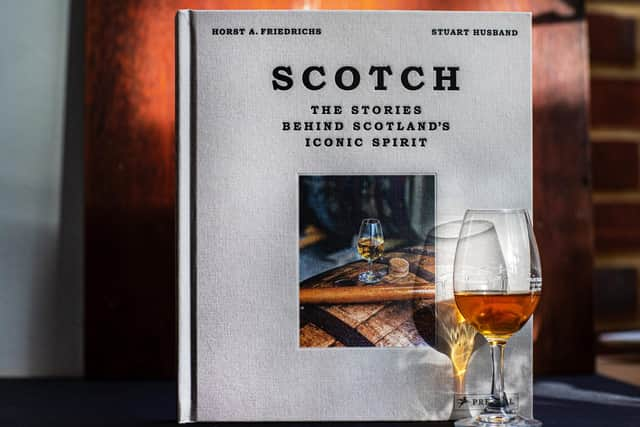

Advertisement
Hide AdAdvertisement
Hide AdHF: At Strathisla I got to taste a Royal Salute blend made to celebrate Queen Elizabeth’s coronation in 1953. That was pretty special.
Which distillery was the most welcoming?
SH: It’s hard to single any out. But special mention should go to Norman Gillies on Raasay for giving up his Saturday morning to accommodate us, pose for endless photos – and give us a whirlwind tour of the island in his jeep.
Most beautiful?
HF: I was captivated by Springbank and its amazing jumble of authentically weathered old buildings. I also love Strathisla – the most chocolate box-y of all the distilleries with its beautiful pagoda towers and vintage signage.
How did distillery workers feel about being photographed?
HF: They were all amazingly helpful, no matter how many times I asked them to roll barrels, clamber up on casks, or pose while looking dreamily at a dram. People love to be complimented, so I go all out on the flattery to get a positive reaction and a genuine smile, even if they’re thinking ‘What is this crazy German photographer talking about?’
Was it important to capture the ‘behind the scenes’ pics?
HF: I wanted to capture the entire whisky production process, from barley to barrel. There are lots of similarities between the worlds of photography and distilling – when you’re sealing a cask you’re capturing a moment in time, just like a photographer does when he presses the shutter. I hope the photos give a flavour of the warmth, the artisanal beauty, and the intricacies of the process.
Were Nc’Nean happy to make the cover shot?
HF: I met with Annabel Thomas, the CEO of Nc’Nean, in London to give her a copy of the book. She was delighted with the cover shot, and we celebrated, fittingly, with a Nc’Nean whisky cocktail.
Any other travel tales?
We’d refer you the story we tell in the book’s intro (Living the Dram), about the moment that, for us, the whole Scotch thing snapped into focus and made perfect sense.
“Everyone has their eureka moment with whisky; that instant when it ceases to be a mere drink and becomes something more profound. For us it happened some time into our 8,000-mile road trip mapping the best and brightest of Scotland’s distilleries. We found ourselves on the remote and rugged Morvern Peninsula, a long finger of land snaking along the Sound of Mull. Having gotten a little stir-crazy from vehicular confinement, we decided to take a typical Scottish walk; a lochside eight-miler to a ruined castle and back. It turned out to be more typical than we could have imagined; as the path arched up over the sound, the squalls threw horizontal rain in our faces whose drops landed like miniature darts. The wind roared; sea eagles wheeled overhead; the mist descended. By the time we returned to our bunkhouse we were comprehensively, radically, unsparingly drenched. Naturally, we had some whisky at hand. Reflexively, we reached for it. The sense of warmth and wellbeing was instantaneous. Suddenly, it all made perfect sense; whisky as medicinal fillip. Whisky as restorative balm. Whisky as an earthy elixir distilled from the elemental landscape, we’d just experienced in all its ferocity and grandeur. Whisky as friendship-fixer and memory-maker”.
Scotch: The Stories Behind Scotland’s Iconic Spirit is out March 12, Prestel, £35
Comments
Want to join the conversation? Please or to comment on this article.